Wildfires are no longer confined to a season in Colorado—they’re now a year-round threat. In fact, the state has recorded wildfire-related emergencies in every single month of the year. And 2025 is shaping up to be another active and unpredictable year.
A Look at 2025’s Wildfire Impact (So Far)
By mid-July, more than 12,300 acres of Colorado land have burned due to wildfires. At least five fires have surpassed 1,000 acres, with new blazes emerging just after the Fourth of July—particularly near Grand Junction and other parts of western Colorado.
Major Wildfires in Colorado (2025)
1. Andrix Fire
Location: Baca County (near Kim, CO)
2. Meridian Fire
Impact: Destroyed one structure and prompted evacuations
3. Iron Ladies Fire
Location: Weld County (Pawnee National Grassland near Grover)
4. 31 North & South Fire
Cause: Embers from a scrap wood fire and a sparking power line
5. US 160 Fire
Cause: A single-vehicle crash involving a liquid natural gas tanker
Notable Smaller Fires (Under 1,000 Acres)
Horse Draw Fire
Date: June 26
Location: Moffat County
East Fire
Another smaller but significant blaze, still under 1,000 acres
Bear Canyon Fire
Northeast of Dinosaur, CO – sparked shortly after July 4
Kurth Fire
Location: Western Moffat County, near Greystone
Eagle Valley Trail Fire
Discovered: July 3
Cause: Human activity suspected
Smoke in Boulder
Reported: July 5
Sandwash Fire
Location: Moffat County, near CO State Hwy 318 and Simsberry Draw
2025 Wildfire Outlook: “Normal” — But With Caution
The Colorado Division of Fire Prevention and Control projected a “normal” wildfire season for 2025. But with the hottest months still ahead, officials and residents remain on edge.
Last summer, communities from Grand Junction to Montrose were on high alert. Fires near Rabbit Valley and the Uncompahgre Plateau made headlines. Now, in 2025, parts of Montrose, Delta, Mesa, Moffat, and Rio Blanco counties are already abnormally dry, and southern Colorado, especially Archuleta and Conejos counties, faces worsening drought.
How to Stay Prepared
A dry spring followed a light winter—conditions that set the stage for fire. Colorado’s Department of Public Safety Director Stan Hilkey warned earlier this year:
“We expect to have fires this year. Some will get big, and we’re going to be busy. That’s what ‘normal’ looks like for Colorado.”
Tips to Stay Safe:
-
Download your local weather or emergency app for wildfire alerts
-
Follow all county burn bans
-
Don’t ignore signs of smoke—note your location and call 911
-
Be ready to evacuate quickly if a fire breaks out nearby
With 11 national forests and ongoing drought in many regions, residents and visitors alike are urged to stay alert and act responsibly.
Colorado’s wildfire season may be considered “normal,” but with peak fire months still ahead, vigilance and preparedness remain essential.

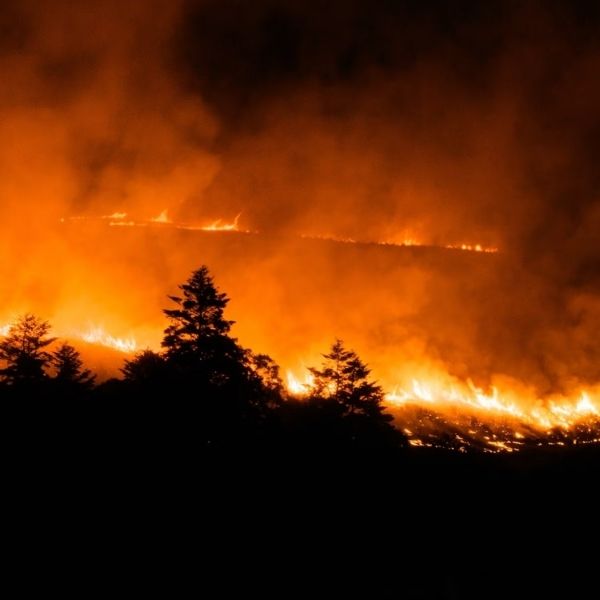


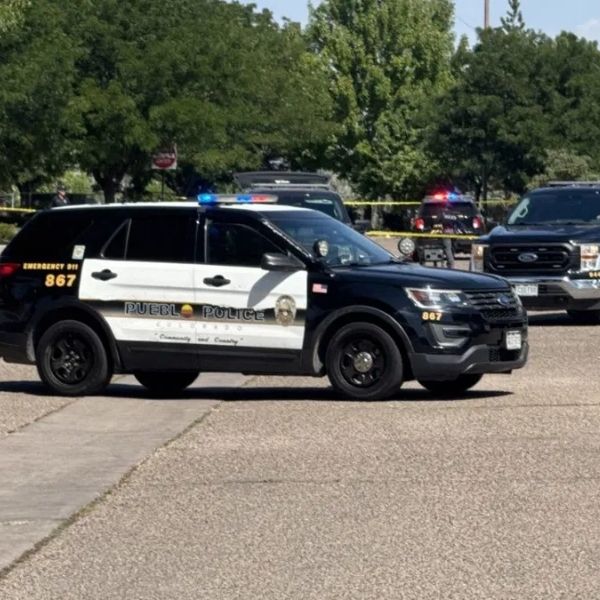





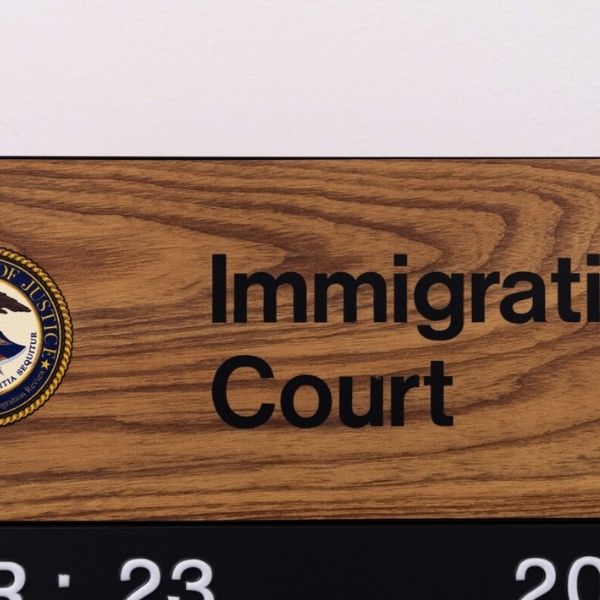
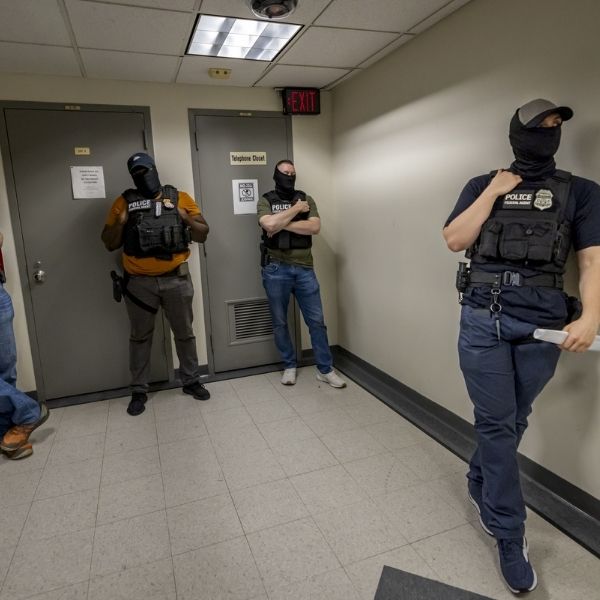
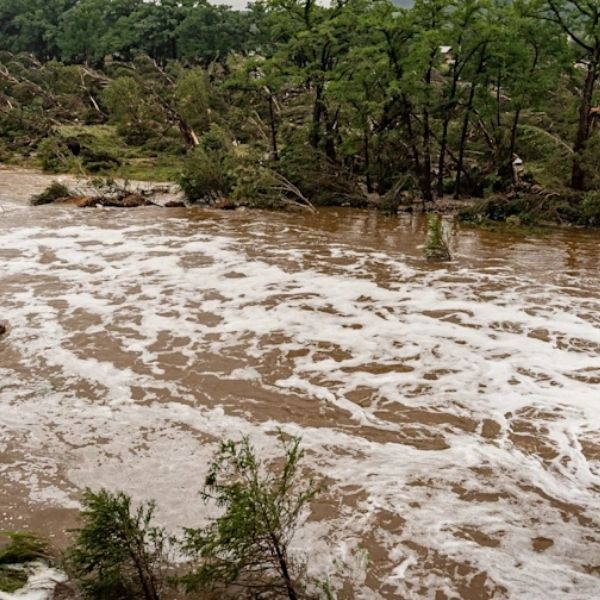



Leave a Reply